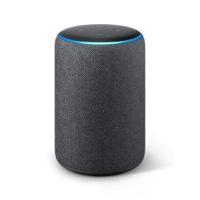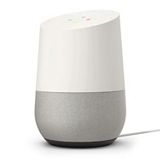How much is Amazon Echo?
Amazon Echo devices are on par with the smart speaker industry in terms of cost. They’re not the cheapest option, but they’re also not the most expensive option.
Amazon Echo and Google smart home speaker prices are neck-and-neck until you compare the devices with screens. The Google Nest Hub is just a dollar less than the Echo Spot ($129.00) but is more comparable to the Amazon Show ($229.99). The Google Nest Hub is smaller than the Amazon Show, though, and the hub’s speaker is behind the screen, which doesn’t make for the best listening experience.
To play music on an Echo device, you can’t pull from your preexisting phone downloads. You have to download a separate app (Amazon Music Unlimited) and link it to your Amazon account. After a free 30-day trial, you’ll pay $9.99 a month to listen to your slappin’ jams. Or, if you have Amazon Prime, $7.99 a month.
You can also link Spotify or Pandora to your Alexa app.















